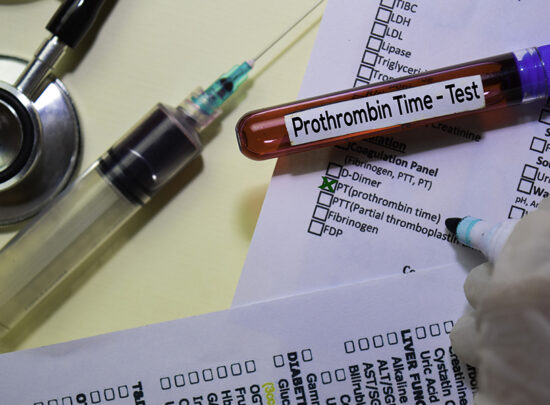How is the test used?
The prothrombin time (PT) is used, often along with a partial thromboplastin time (PTT), to help diagnose the cause of unexplained bleeding or inappropriate blood clots. The international normalized ratio (INR) is a calculation based on results of a PT and is used to monitor individuals who are being treated with the blood-thinning medication (anticoagulant) warfarin (Coumadin®).
The PT and INR are used to monitor the effectiveness of the anticoagulant warfarin. Warfarin is prescribed for people with a variety of conditions to “thin” their blood and prevent inappropriate clotting. A healthcare practitioner will typically prescribe warfarin and measure how well that dose “thins” the blood using the PT/INR. The dose may be adjusted up or down depending on the result and to ensure the dose is sufficient in preventing clots without causing excessive bleeding. This balance requires careful monitoring.
The PT test may be used along with a PTT as the starting points for investigating excessive bleeding or clotting disorders. By evaluating the results of the PT and PTT together, a health practitioner can gain clues as to what bleeding or clotting disorder may be present. These tests are not diagnostic by themselves but usually provide information on whether or what further testing may be needed.


